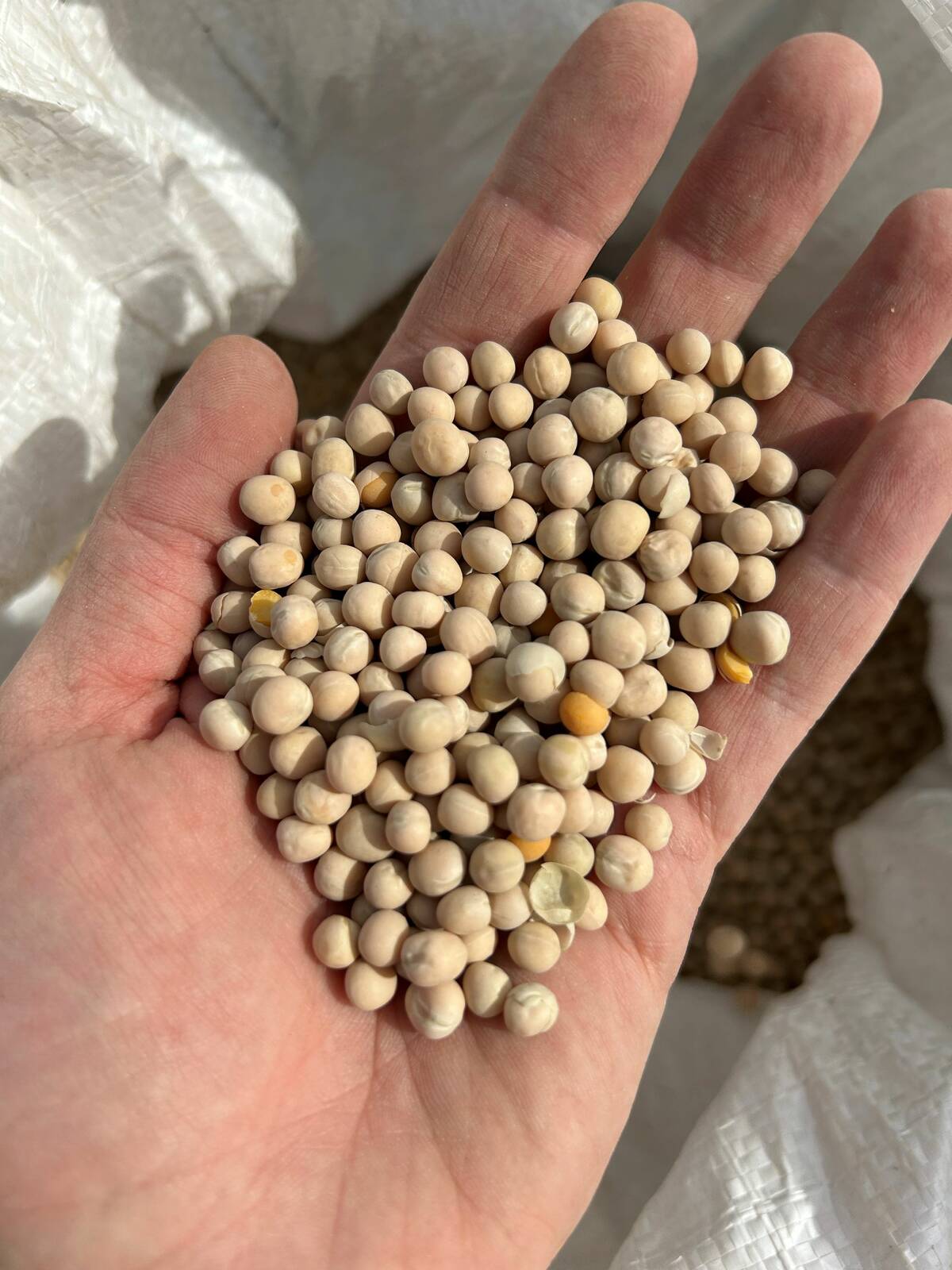(Resource News International) — Spring fieldwork has begun in select areas of Alberta with some seeding operations underway in the extreme southern regions of the province, according to a provincial crop specialist.
“I would say seeding is very limited still, with less than five per cent of the intended area in the ground in regions south of the No. 1 Trans-Canada Highway,” said Harry Brook of the Alberta Ag-Info Center at Stettler.
Recent precipitation has been beneficial in a lot of areas, he said, but was probably only enough to get the crops off to a start.
Read Also

Pulse Weekly: Tariffs guide yellow peas in 2025
Tariffs were a major influence on Canadian yellow pea prices in 2025, with levies imposed by China and India. The two countries are Canada’s biggest foreign pulse buyers.
“More timely precipitation will be needed to aid further development of the crops,” Brook said.
Southern regions of Alberta were said to have the best soil moisture levels at present while in the central and northern areas soils were still extremely depleted of moisture, he said.
“In the Edmonton and surrounding area I would classify the soil conditions as ‘parched,'” Brook said.
The dry conditions in the province were also said to be amplifying the threat of grasshopper infestations this summer, he said.
“Areas in the northwest, southwest and in the Peace River region of Alberta have some potential extreme grasshopper infestation hot spots,” Brook said.
The mild winter allowed a fairly high level of grasshopper survival rates, he added.
A lot of the spring field work was said to include harrowing as well as fertilizer applications.
Pastures were still in the process of turning green, but feed shortages have caused some producers to turn their cattle out early on these fields, Brook said.
“I would say that a lot of the pastures still need a couple more weeks of turning green before they will be able to handle the grazing of cattle,” he said.
Brook also indicated dugouts in the province are continuing to dry out, which may cause further complications for cattle in the province.















